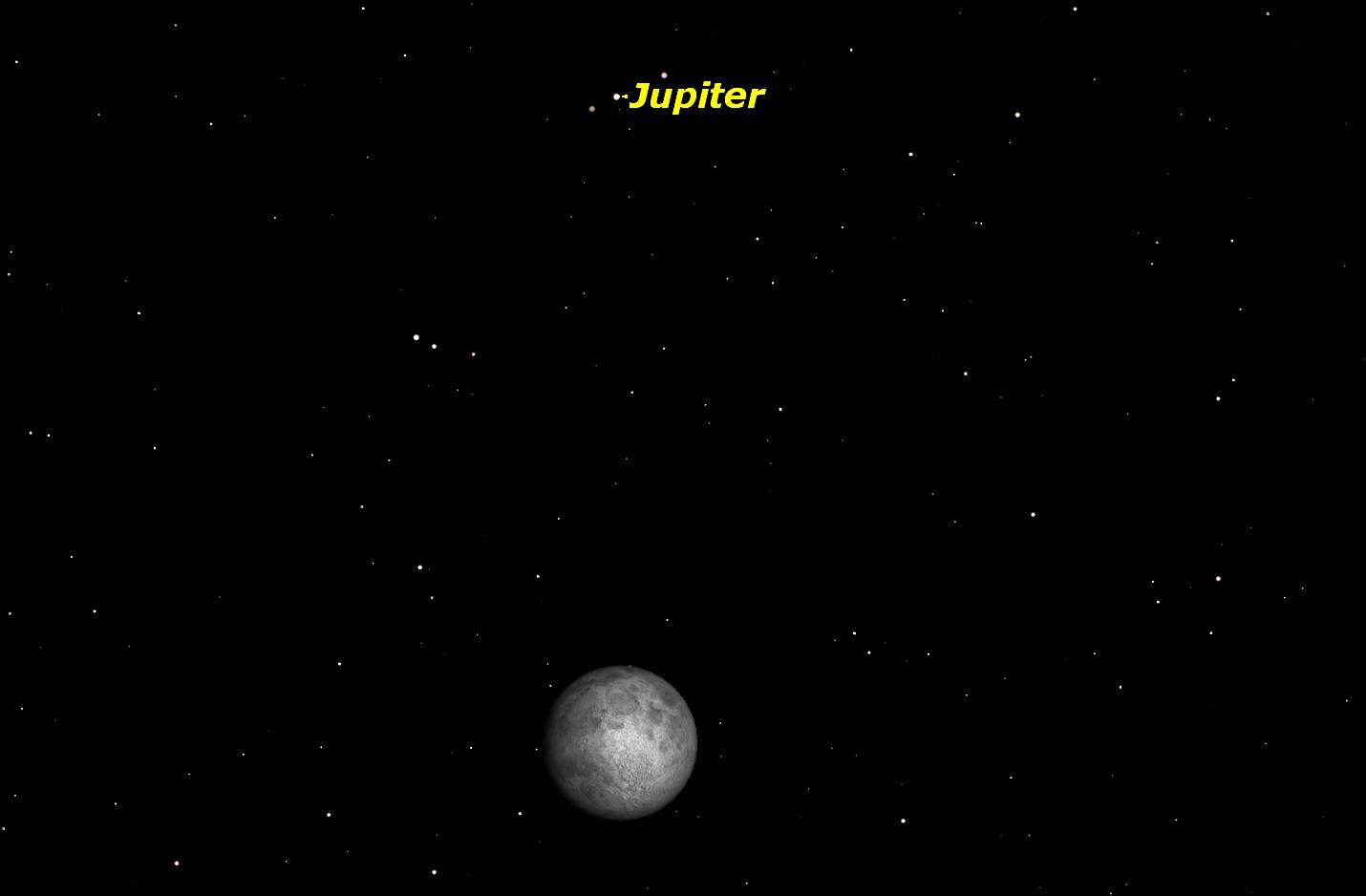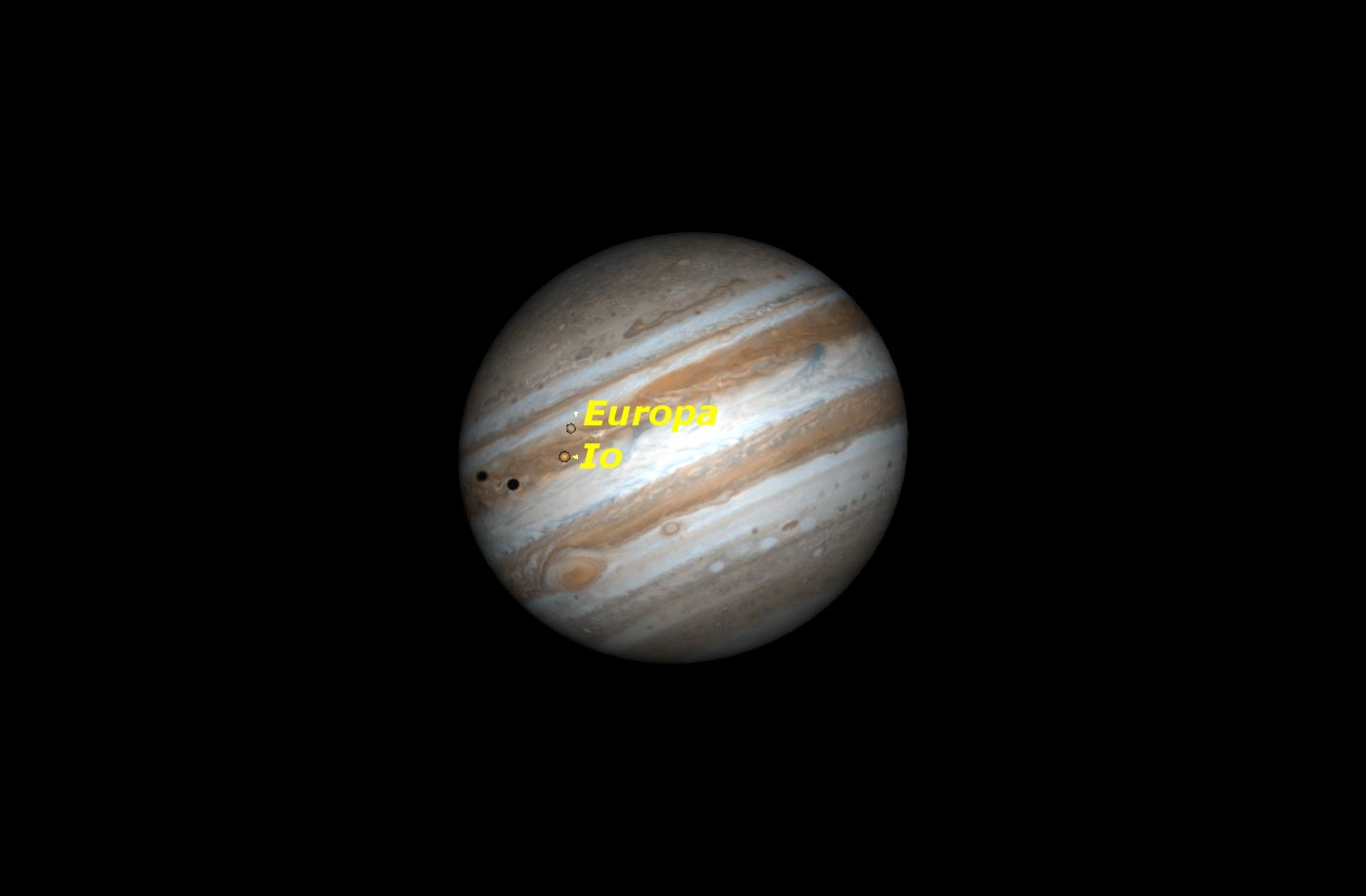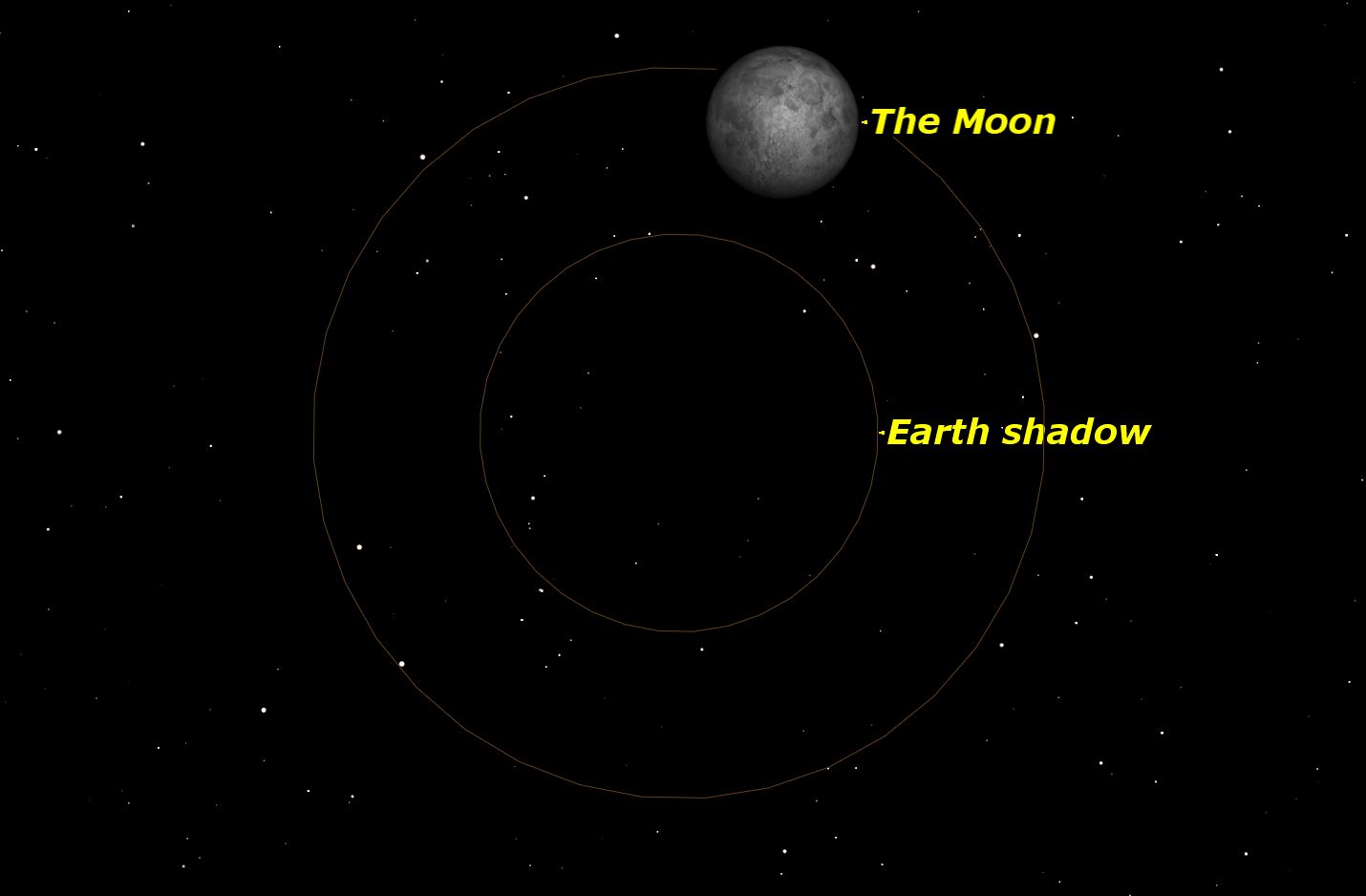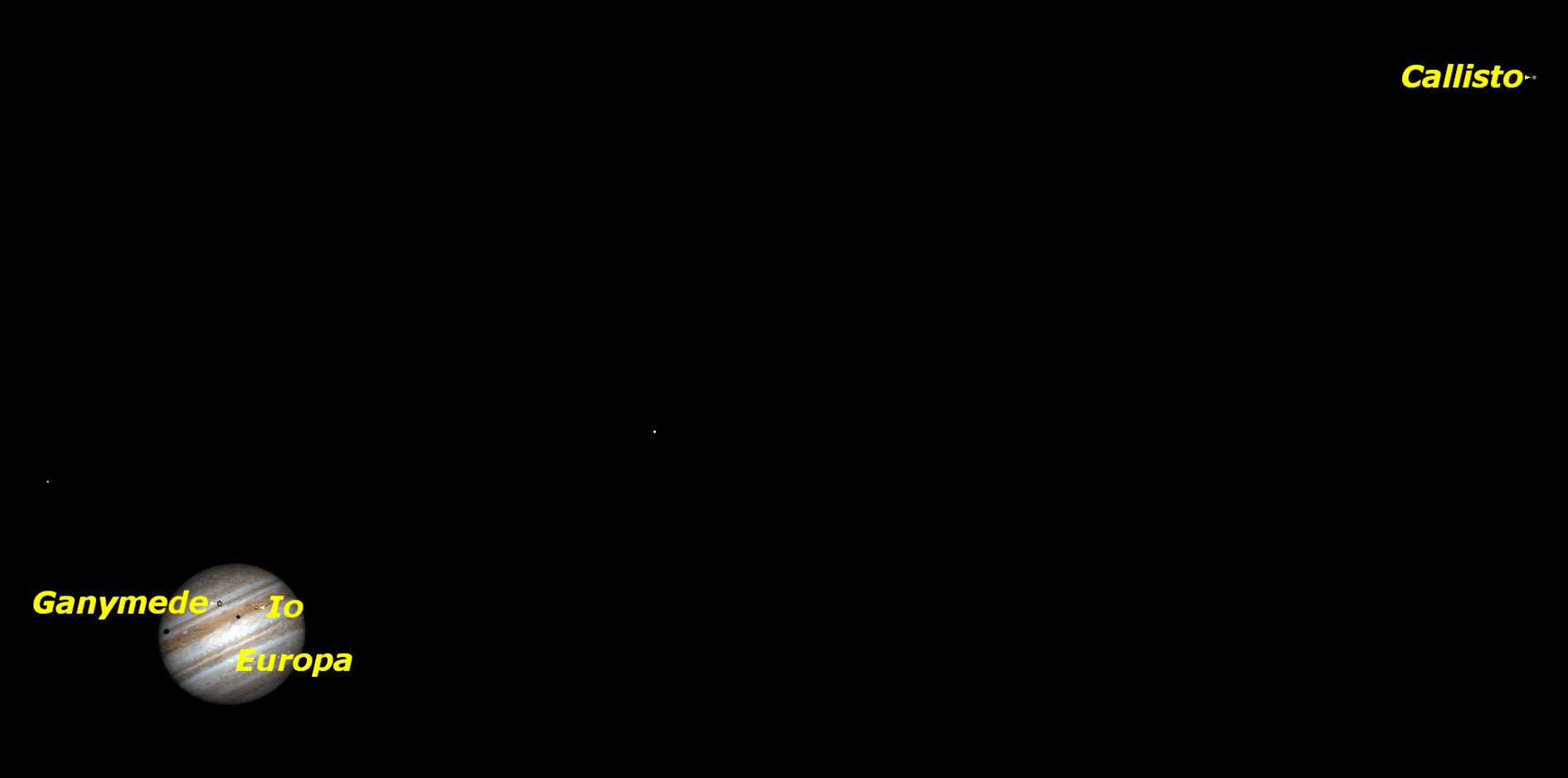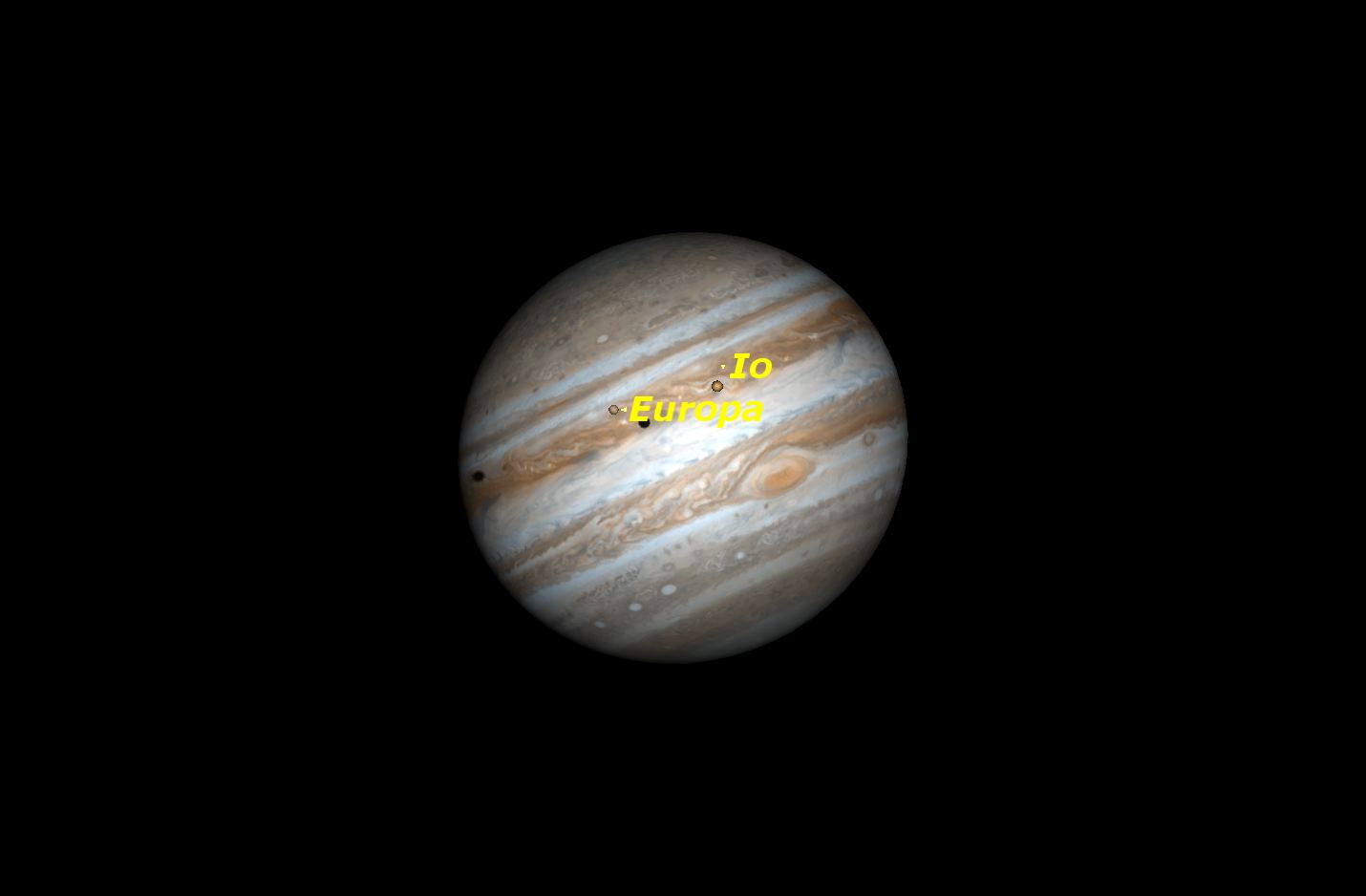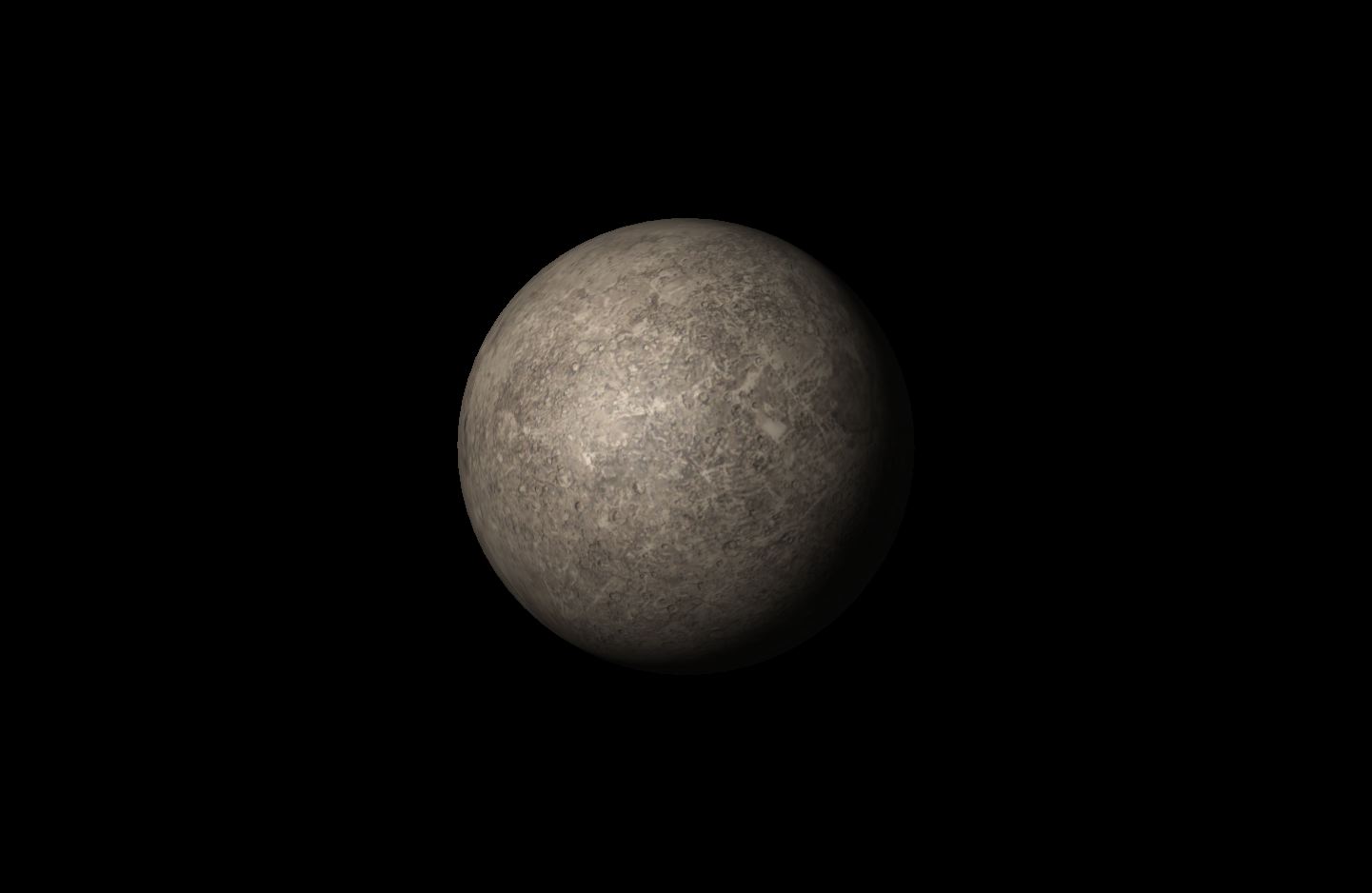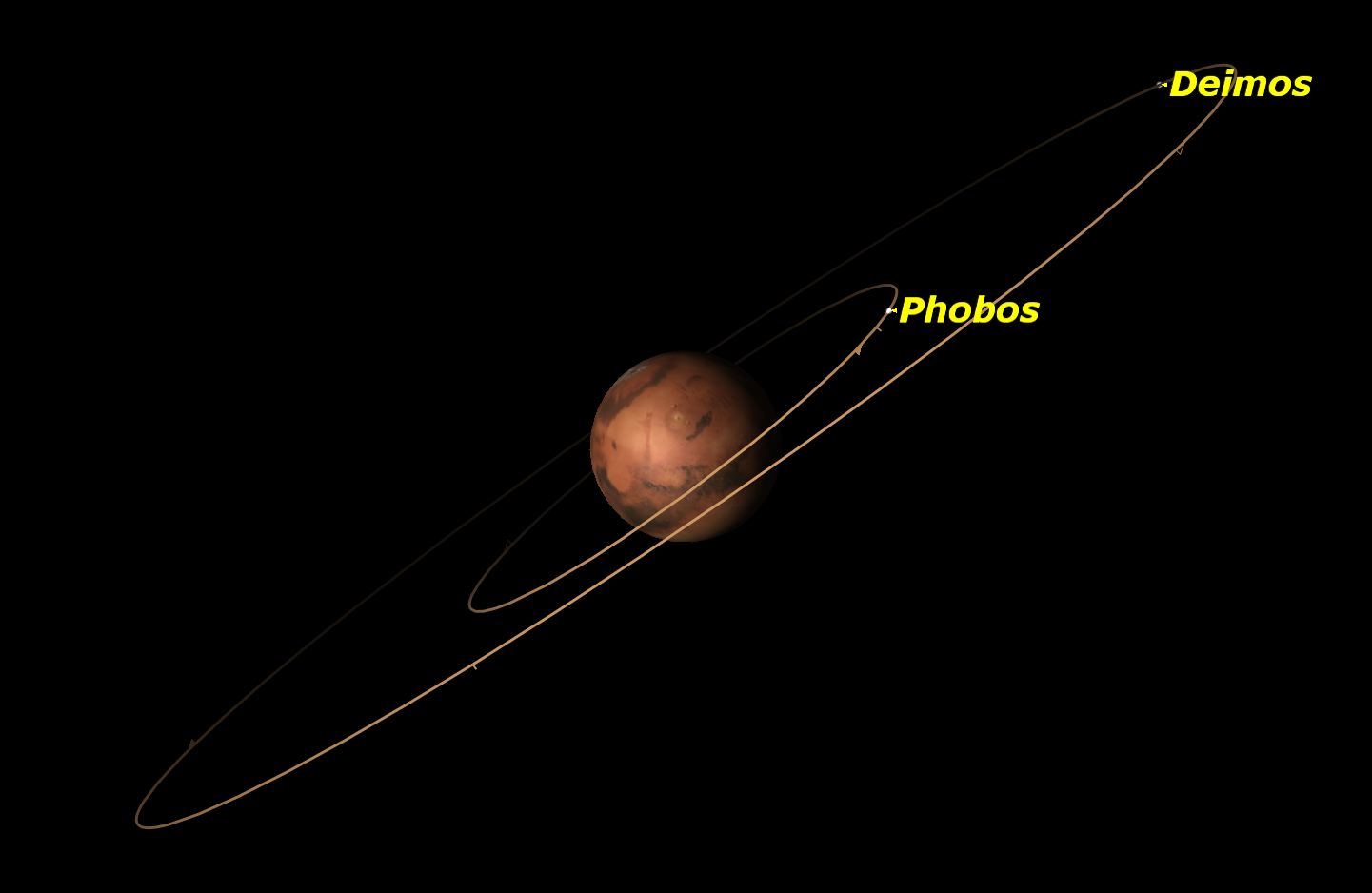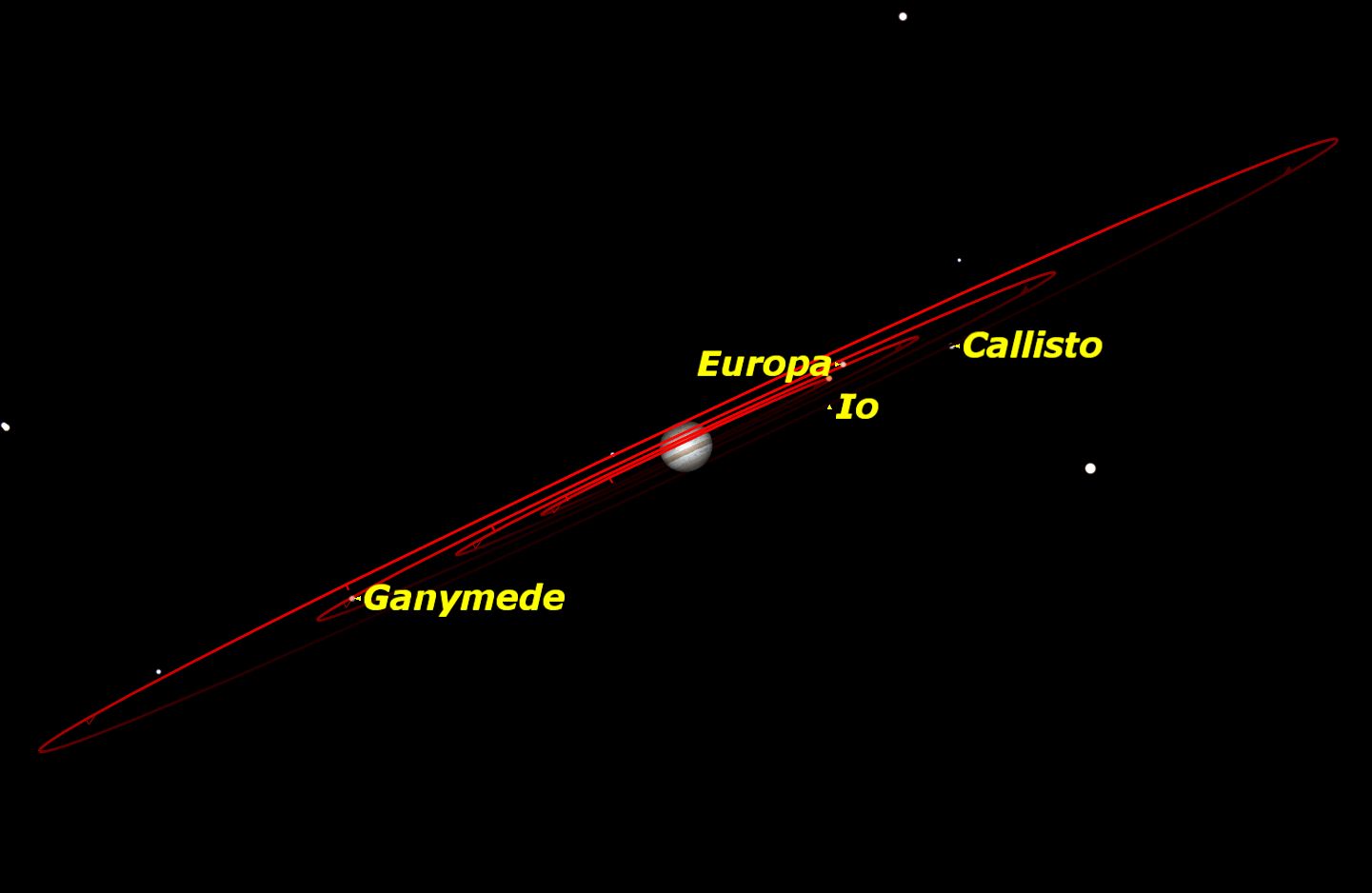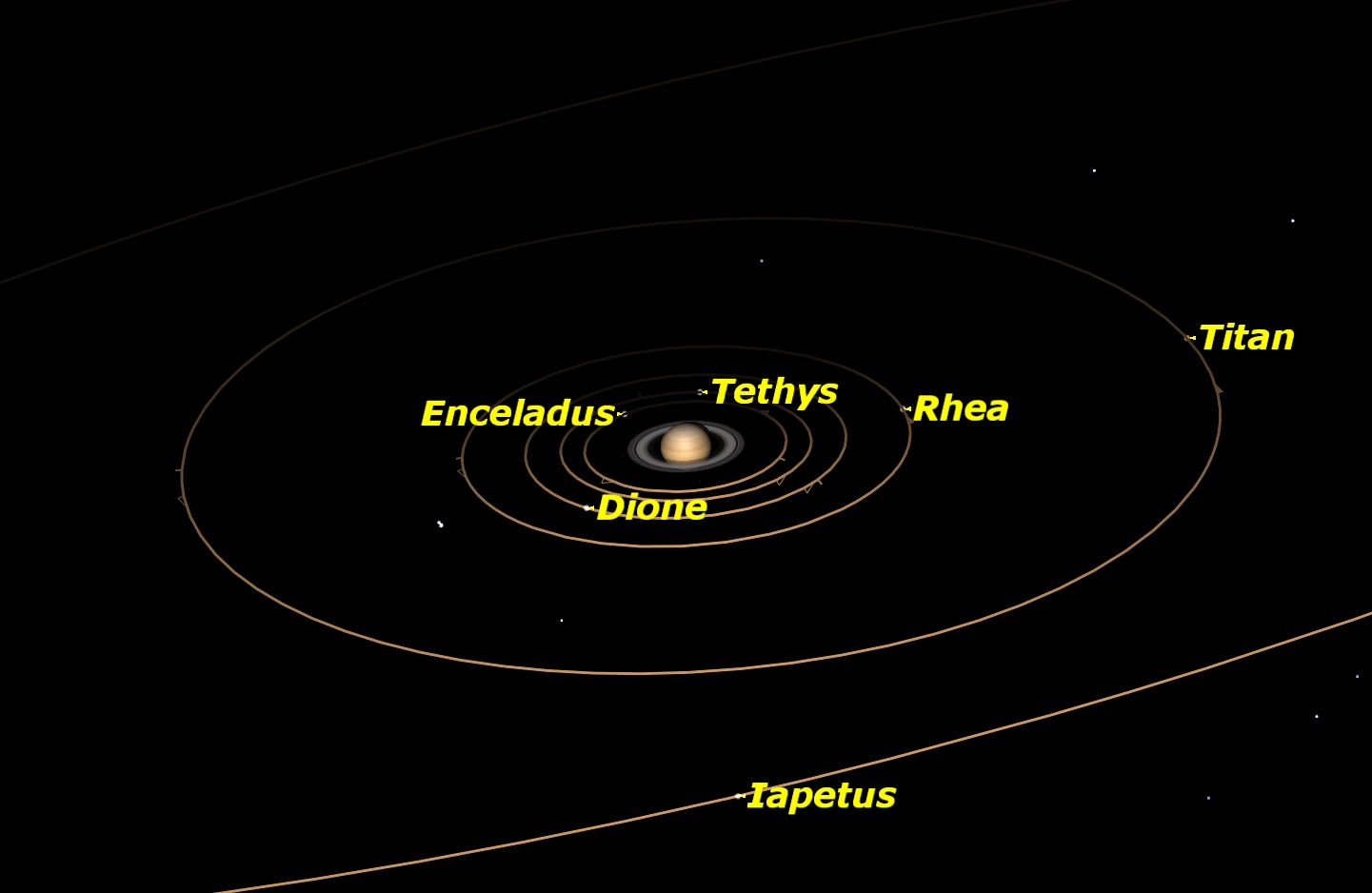Best Night Sky Events of March 2016 (Stargazing Maps)
Jupiter 2 degrees north of moon, March 2016
Monday/Tuesday, March 21/22, 12 midnight EDT. There is a close conjunction between the planet Jupiter and the moon right at midnight.
Double shadow transit on Jupiter, March 22, 2016
Tuesday, March 22, 12:23–2:31 a.m. EDT. Shadows of Io and Europa cross Jupiter simultaneously.
Penumbral eclipse of the moon, March 2016
Wednesday, March 23, 6:47 a.m. HADT. The moon will dip briefly into the Earth’s faint penumbral shadow, best seen from the Pacific Ocean and surrounding territories. Here seen from Honolulu, Hawaii.
Double shadow transit on Jupiter, March 23, 2016
Wednesday, March 23, 7:47–8:59 p.m. EDT. Shadows of Io and Ganymede cross Jupiter simultaneously. Europa is in occultation behind Jupiter and won’t reappear from Jupiter’s shadow until 9:46 p.m. EDT. Thus from 6:22 p.m. until 9:46 p.m. Io and Ganymede will be in front of Jupiter and Europa will be behind Jupiter or in its shadow, leaving Callisto as the only moon visible in small telescopes.
Double shadow transit on Jupiter, March 29, 2016
Tuesday, March 29, 3:00–4:25 a.m. EDT. Shadows of Io and Europa cross Jupiter simultaneously.
Mercury, March 2016
Mercury is well placed low in the morning sky at dawn for the first half of the month. This apparition is more favorable for observers in the Southern Hemisphere because of the angle the ecliptic makes with the horizon.
Venus, March 2016
Venus continues to shine brightly at dawn all month, but is dropping towards the sun.
Breaking space news, the latest updates on rocket launches, skywatching events and more!
Mars, March 2016
Mars, March 2016 Mars, in the morning sky, moves from Libra to Scorpius on the 13th. Its disk grows from 9 to 11 arc seconds during the month, as it moves towards opposition on May 22. Observers with good telescopes should be able to see some of the dark markings on Mars’ surface this month.
Jupiter, March 2016
Jupiter is at opposition on March 8, so is visible all night. There are a number of interesting double shadow crossings by Jupiter’s inner three moons.
Saturn, March 2016
Saturn is well placed in Ophiuchus, rising near midnight. Its rings are now spread widely, making it a beautiful sight in a small telescope.

Geoff Gaherty was Space.com's Night Sky columnist and in partnership with Starry Night software and a dedicated amateur astronomer who sought to share the wonders of the night sky with the world. Based in Canada, Geoff studied mathematics and physics at McGill University and earned a Ph.D. in anthropology from the University of Toronto, all while pursuing a passion for the night sky and serving as an astronomy communicator. He credited a partial solar eclipse observed in 1946 (at age 5) and his 1957 sighting of the Comet Arend-Roland as a teenager for sparking his interest in amateur astronomy. In 2008, Geoff won the Chant Medal from the Royal Astronomical Society of Canada, an award given to a Canadian amateur astronomer in recognition of their lifetime achievements. Sadly, Geoff passed away July 7, 2016 due to complications from a kidney transplant, but his legacy continues at Starry Night.

